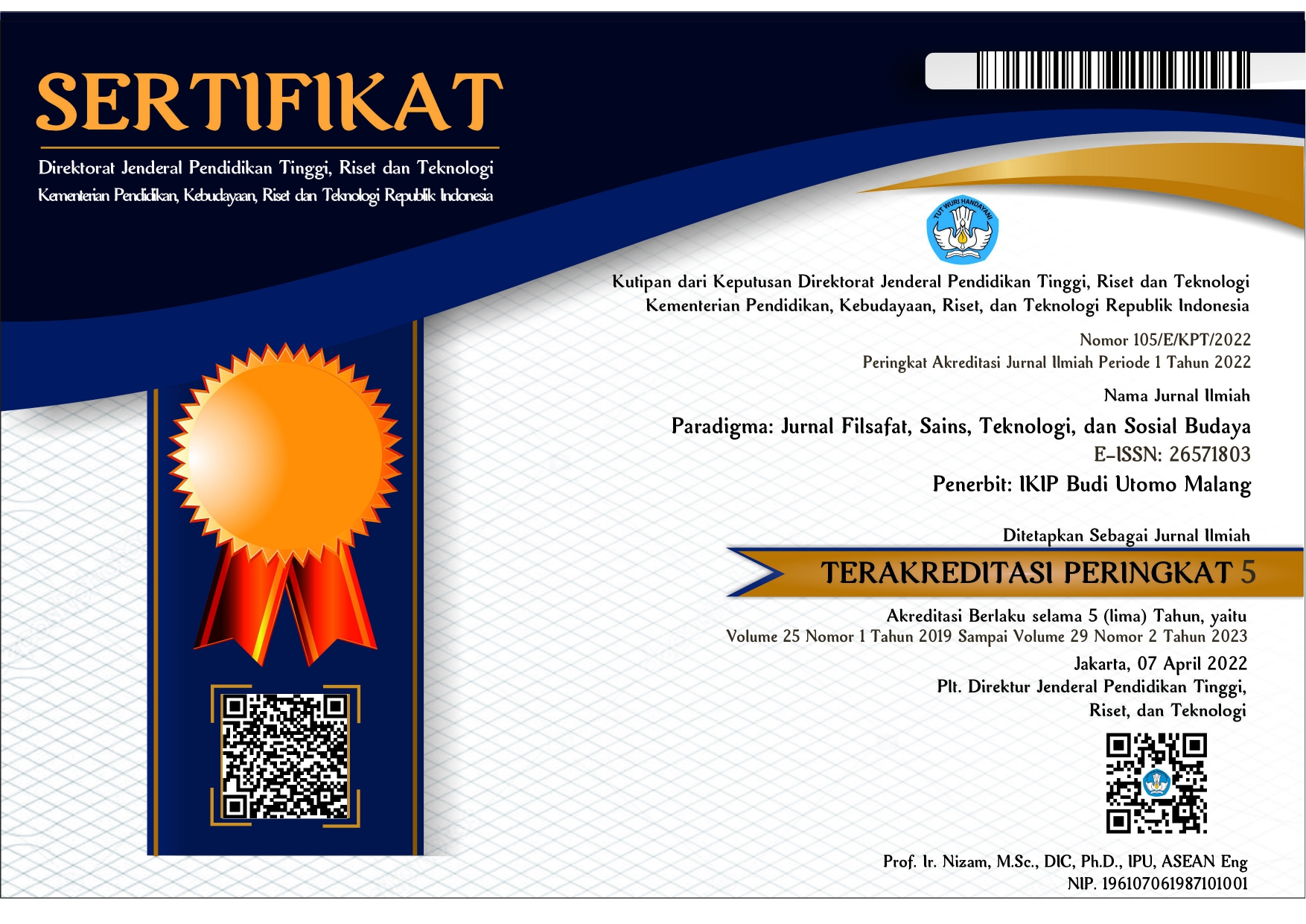Struktur dan zona vegetasi Mangrove di pantai Malang selatan jawa timur
Abstract
Mangroves have important physical and ecological functions for the sustainability of coastal ecosystems. From a natural point of view, mangroves have the function of protecting the coast from being hit by sea waves. The physical role of mangrove vegetation as a wave damper and erosion control. In addition, mangroves have a very important influence on water fertility, which is involved in the nutritional cycle of flora and fauna. The existence and location of mangroves in the midst of a relatively active community and a relatively small area makes mangroves very vulnerable in the sense that they are vulnerable to disturbance. If not conserved properly and wisely, this natural resource will run out. Mangroves must be protected to avoid more serious damage, especially when mangroves are converted into community economic activities. The purpose of this study is to determine the structure and vegetation zones of mangroves along the southern coast of Malang. This type of research is descriptive (field survey). The method used in this research is the VES (Visual Counter Survey) method. The results of identifying the types of mangrove vegetation at the research location found 3 types of mangroves namely Ceriops tagal, Rhizopora apiculata, Sonneratia alba. Mangrove has different species and also has a different important value index (INP). The Ceriops Tagal mangrove species can be found at Station 1 with a composition of 28.01% and an IVI value of 62.41%. The type of mangrove Rhizophora apiculata was found at station 2 with a composition of 48.12% and an IVI value of 82.83%. At station 3 a different type of mangrove was found, namely Sonneratia alba with a composition of 23.87% and an IVI value of 58.08%. So it can be concluded that the 3 types of mangroves found have different structures and vegetation zones by looking at the IVI value of each type of mangrove.








.jpg)



